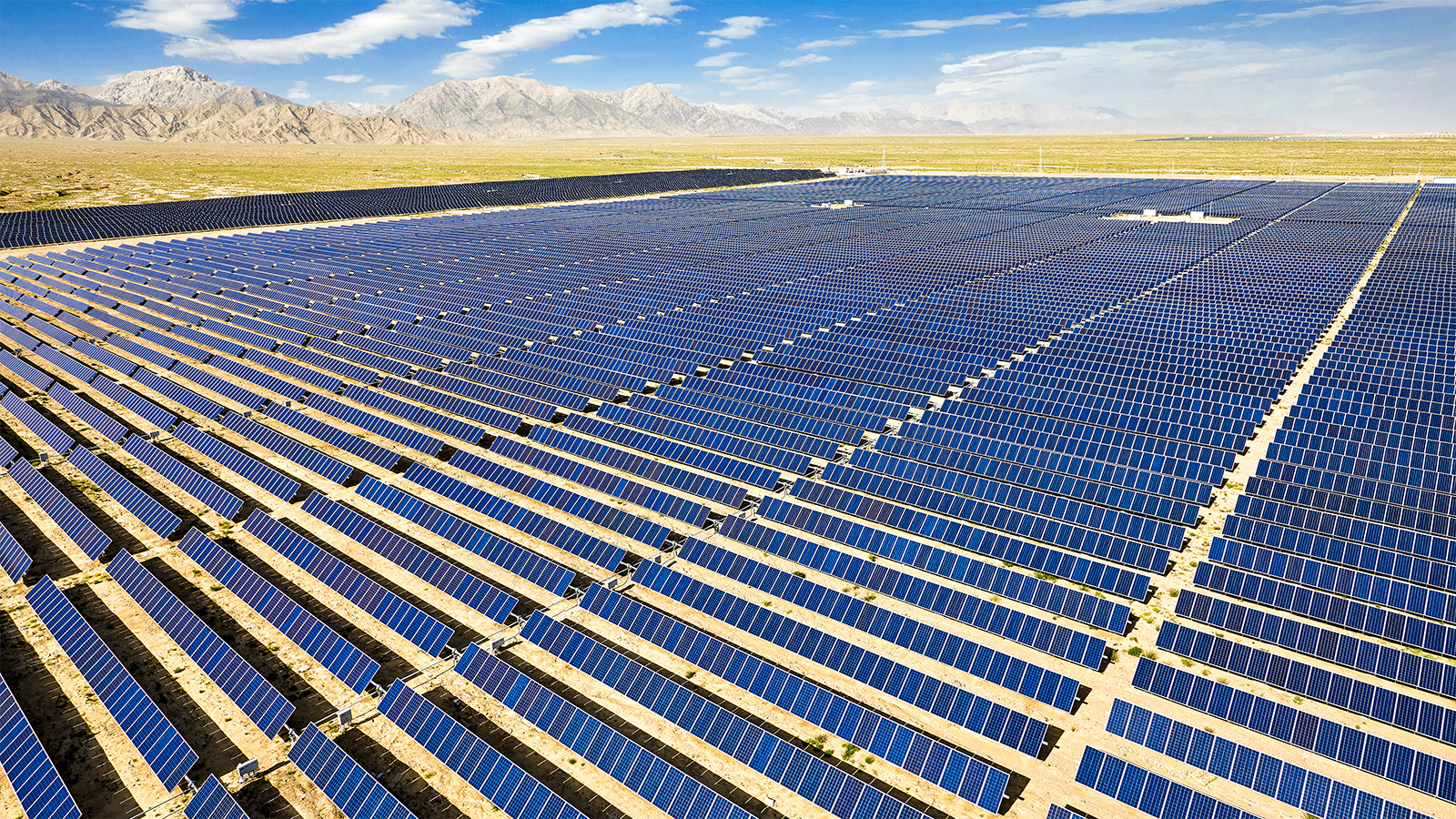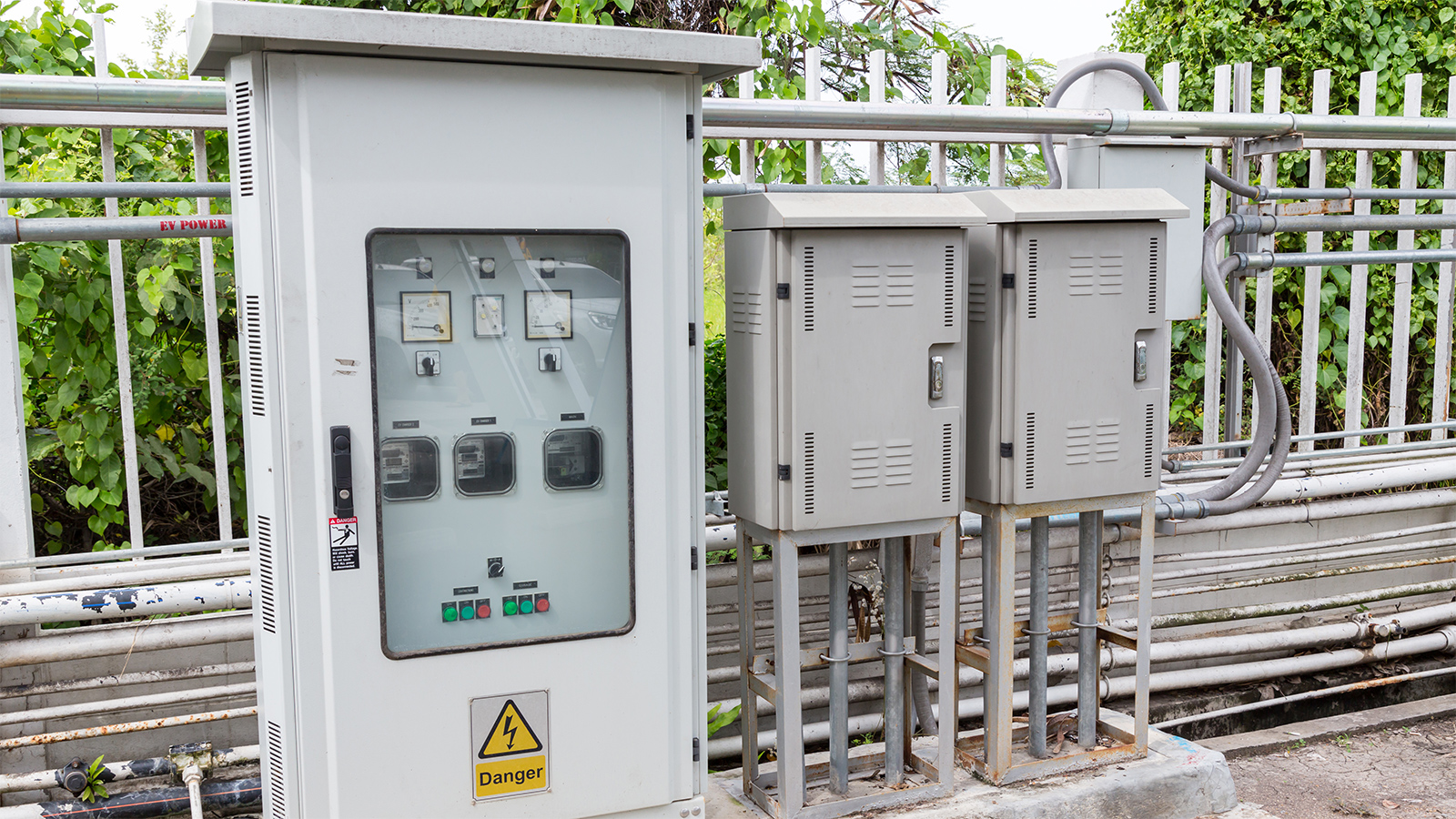Asset Tracking
Industrial IoT
AMR/AMI
Automotive
Remote Wireless
Photovoltaic
Solution

Intelligent Logistics
Through the global satellite positioning navigation system (GPS), electronic map (GIS), mobile communication network (GSM/GPRS/CDMA), high-sensitivity temperature, door switch detection and other technologies used by tank container intelligent terminals, smart tank manufacturer CIMC works together with Long Sing a battery manufacturer to provide you with better quality service. Tank container intelligent terminal power supply DC 3.6V lithium battery. Product usage scope: Suitable for positioning and management of containers.
Long Sing battery provide excellent power solution for smart tank container intelligent terminal. ER34615-1S6P+HPC1550 lithium battery pack with waterproof battery case is specially designed for GPS/GSM module, providing large capacity and high pulse current.
GPS+GMS module working requirements:
GPS module average working current: 80mA
GSM module average working current:200 mA
GSM module pulse current: 1.5A, pulse current time slot: 1s
Minimum working voltage: 2.5-3V
Working temperature: -40℃~85℃

Intelligent Well Cover
The manhole cover sensor adopts NB-IOT LPWAN IoT communications technology. It combines high transmission ranges of up to several kilometers in urban environments, with low power consumption. Data are transmitted to cloud data center for processing and fusion. Eventually, operators could view every manhole status from a cloud-based dashboard.
Smart manhole covers require a service life of 5 to 10 years. Generally, the positioning and status information is uploaded once a day. Long Sing battery ER26500+HPC1520(lithium thionyl chloride battery C size in parallel with hybrid pulse capacitor HPC1520) can meet the service life of more than 5 years.

IoT Connected Smart Logistics Battery Solution
IoT is transforming logistics and supply chain management. Innovation is happening at the level of sensors attached to goods and assets as well as at the networks level, capturing and transferring data all the way from the production line to the point of final delivery. Therefore, battery life would be a key factor for matching this trend. Long Sing Technology Group (Hong Kong) Limited, a battery company is partnering with Nano and Advanced Materials Institute Limited in Hong Kong to develop an integrated energy storage system with rechargeable hybrid pulse capacitor (HPC).
Long Sing battery focus on developing the HPC1550 type of rechargeable lithium ion battery with long cycle performance and superior extreme temperature performance by materials development and design of the battery package. Combining with the commercially available ER34615 type of lithium thionyl chloride battery, the one HPC1550+one ER34615 battery pack will provide sufficient pulse power out at normal or extreme temperatures with superior long cycle life.
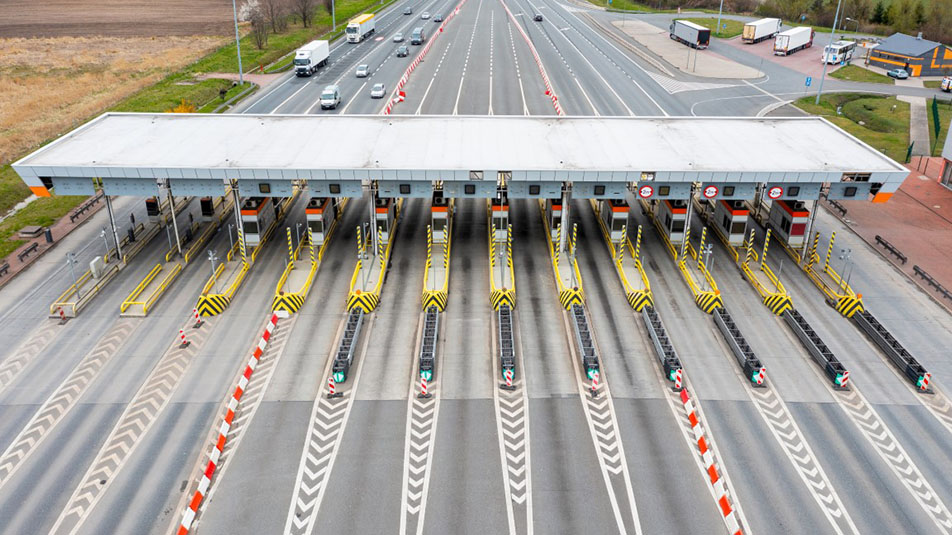
Perfect Dual Power Supply Solutions for the OBU of ETC System
With the rapid development of highway construction and the increase of automobile ownership in China, the traditional collection system is difficult to meet the development needs. Thus the intelligent transportation electronic toll collection system (ETC) is one of the effective means to solve the problem, and the on-board equipment OBU is an important part of ETC system.
Long Sing battery develops a dual power supply solution of ER14250 lithium battery (1400mAh) +HPC1520 hybrid pulse capacitor + photovoltaic panels with high reliability and long lifespan for the OBU of ETC System.
EV battery New Invention
Long Sing EV battery offer BMS controlled safety, long life, and lightning-fast charging.
The techno-economic performance of lithium-ion batteries has significantly improved during the past decade. Battery prices are falling sharply due to economies of scale driven by the massive demand for EV batteries, as well as the improvements in manufacturing processes and battery technologies. Additionally, vertical integration of stages in the production chain and decreases in transportation expenses further reduce the costs. According to Bloomberg New Energy Finance, the price per kilowatt hour for lithium-ion batteries dropped by 50% between 2014-2016. The rate of price development has decelerated, but lithium-ion battery prices are still expected to decrease from the current price level of 200 $/kWh to around 100 $/kWh by 2025, and further down to 70 $/kWh by 2030.
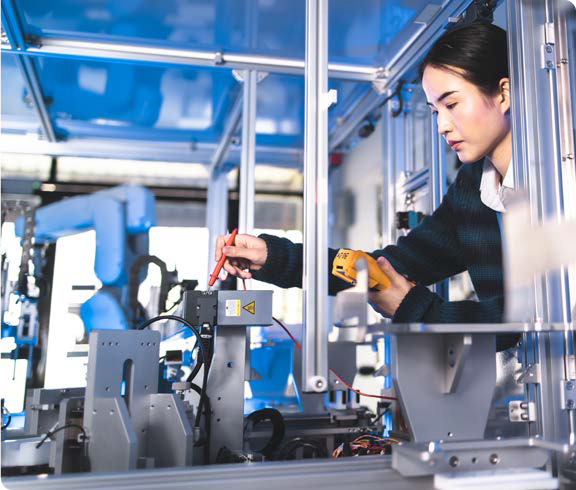
Product
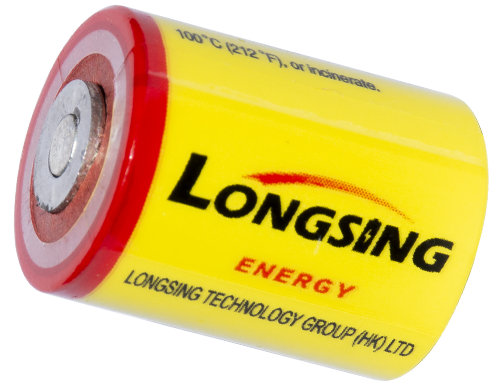
01 HPC Battery
Since lithium thionyl chloride batteries usage has increased in many industries, many industrial battery companies are competing for the market share. Long Sing HPC battery is especially designed to overcome the shortcomings of conventional solutions by combining lithium thionyl chloride batteries with one or more hybrid pulse capacitors.
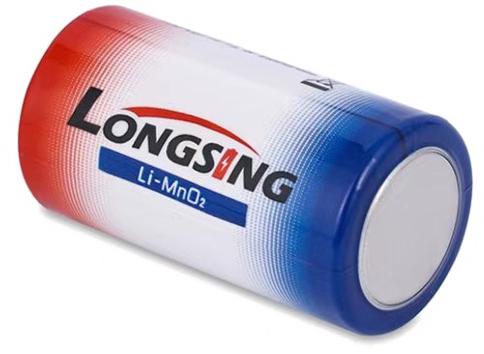
02 Li-Mn02 Battery
Lithium Manganese Dioxide Battery (Li-MnO2)-high voltage, high specific energy, low internal resistance, stable discharge curve. Li-MnO2 batteries deliver a voltage of 3.0 V and are available in cylindrical, button and polymer shape.
With a lifespan of 10 years, it is dependable over the long run. As a result. it is frequently employed in security systems, fire and smoke alarms, gas and water meters, and other equipment.
Battery pack assembly should be completed by experienced and qualified battery manufacturers. For custom pack assemblies, please contact Long Sing for design assistance
and manufacturing options.
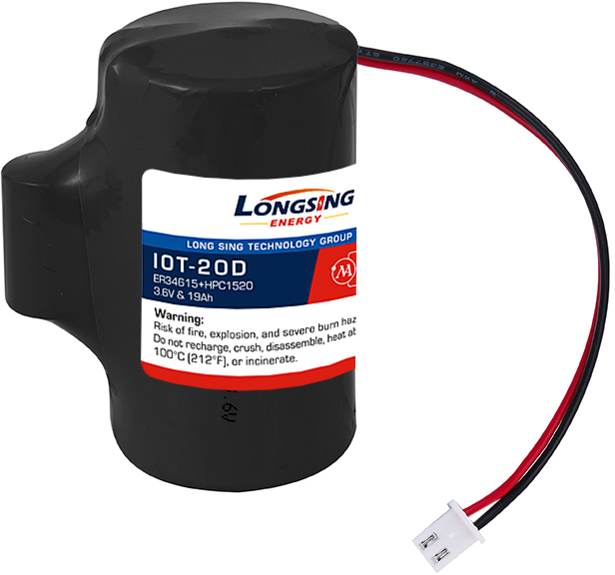
03 IOT Battery Pack
Long Sing an experienced and qualified battery company has invented the hybrid pulse capacitor technology. Long Sing IOT battery pack combines a standard bobbin-type LiSOCl2 cell with a patented hybrid pulse capacitor (HPC). The lithium thionyl chloride battery stores the energy while the hybrid pulse capacitor is providing the power for pulses.
IOT battery packs are ideal for applications requiring long service life and high energy under high current pulse requirements.
Our Technology
Our
Technology
Battery Product
IOT Series
- Maintenance-free
- Wide-range temperature
- Long service life
- High capacity
- Large pulse current
Battery Product
Li-SOCl2 Series
- High and Stable Operating Voltage
- Wide Operating Temperature Range: -55°C~+85°C
- High Energy Density
Low Self-discharge Rate: less than 1% per year at 20°C - High Safety UN38.3
Battery Product
HPC Series
- Hybrid Pulse Capacitor
- Wide-range temperature
- Long service life
- High capacity
- Large pulse current
HPC Performance
HPC
Performance
Voltage: 4.0V
Capability of high current pulse: the maximum current can reach 5A
Working temperature: - 40 ℃ ~ +85 ℃
Low self-discharge rate: <1%/year
Long life cycle: 5000 times 100% DOD cycle
Long service life: more than 10 years (more than the service life of electrical equipment)
Capable of charging and discharging at extreme temperatures
Fully sealed technology with laser welding ensures no leakage under extreme conditions
Application
Transport and Monitoring in Logistics System
With the development of logistics transportation industry, new requirements for technology are constantly being put forward.
Smart City
1 Smart Manhole Cover The manhole covers are visible everywhere in the urban streets. Once they are damaged or stolen and not replaced
Smart Lock of Cabinet Management
• In order to facilitate the management of outdoor base stations and cabinets that need maintaining and monitoring by professionals, the smart locks are used in more cabinets, su
Custom Battery
Pack Solutions
Custom
Battery
Pack Solutions
We specialize in custom lithium-ion batteries designs and offer assemblies in all other chemistries. If you need a custom battery pack for a particular application,our battery engineers can work with you to discover and confirm your design requirements and advise you of the best solution.
Lithium-ion batteries, which are the main battery technology used in automotive and industrial applications, are further categorized based on the active material used in the cathode. The cathode material and other materials and technologies determine the cost, performance, lifecycle, safety and environmental footprint of the cell, and are therefore a key consideration when selecting a battery technology for the specific requirements of the end application. Main cathode chemistries and their applications are summarized in Table 1 below. The main components in a battery cell are the electrodes (cathode and anode), separator, electrolyte and container. Most common cell structures are prismatic, pouch or cylindrical cells.
Table 1. Main cathode chemistries and related applications.
Cathode chemistry | Main applications |
NMC (Nickel Manganese Cobalt Oxide) | Electric vehicles (EV), stationary battery energy storage (BES), other (e.g. power tools, electronic devices) |
NCA (Nickel Cobalt Aluminium Oxide) | Electric vehicles (EV), stationary battery energy storage (BES), other (e.g. power tools, electronic devices) |
LFP (Lithium Iron Phosphate) | Electric vehicles (EV), stationary battery energy storage (BES) |
LMO (Lithium Manganese Oxide) | Other (e.g. power tools. electronic devices) |
LCO (Lithium Cobalt Oxide) | Portable electronic devices |
Cell and module productions are separate and different stages in the production chain: cell production includes energy intensive chemical processes, whereas battery module production primarily consists of electromechanical assembly. The battery modules, containing tens or hundreds of cells, are assembled into battery packs, which also include the battery management system (BMS), wiring, sensors, thermal management, isolation and packaging.
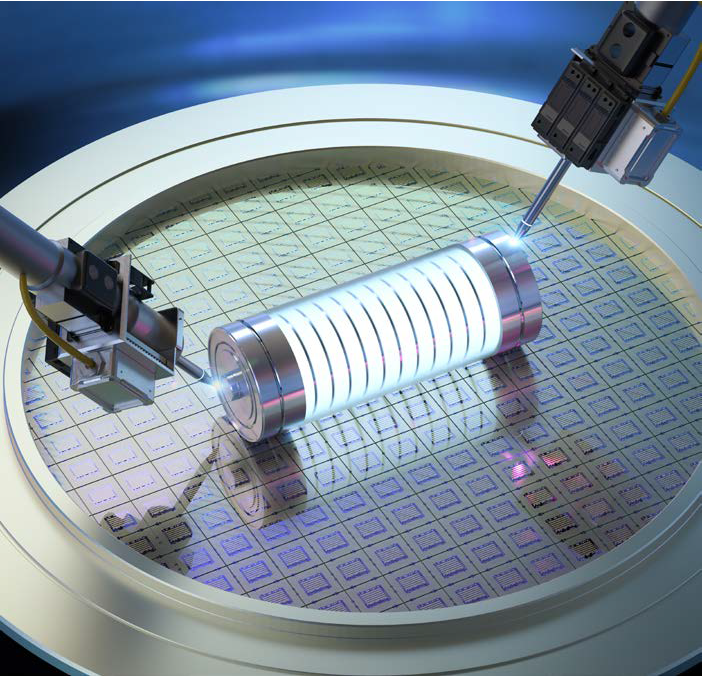
Years of experience
Batteries
Customer
Awards
Awards & Recognitions
2017
45th Geneva Invention Gold Award
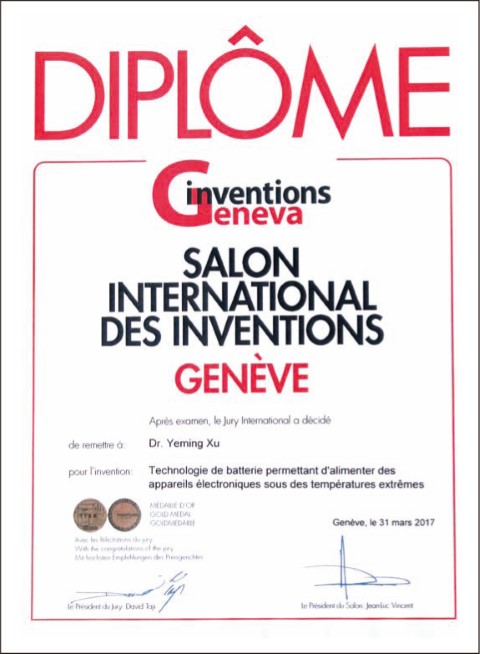
2020
CES Innovation Award
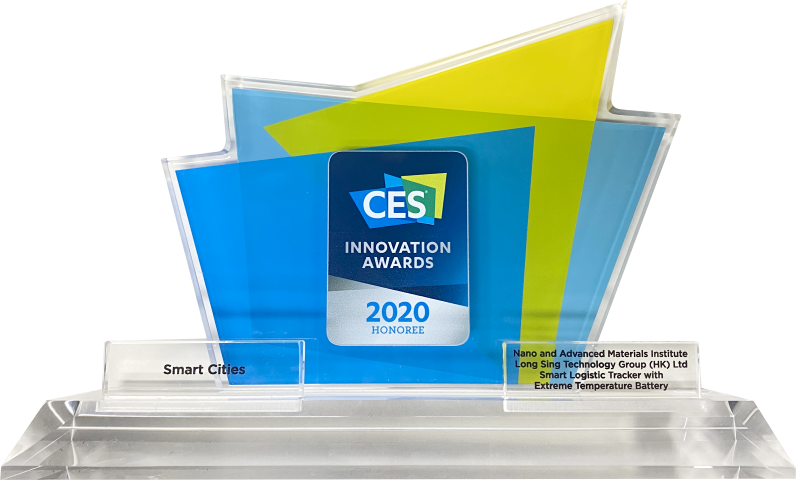
2021
Edison Silver Award
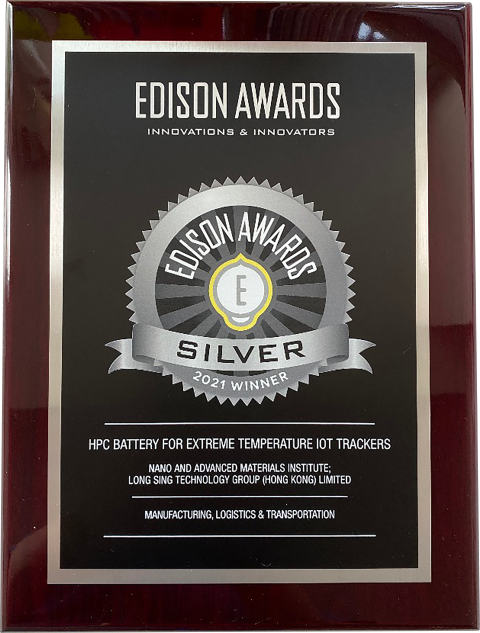
2022
R&D 100 Awards
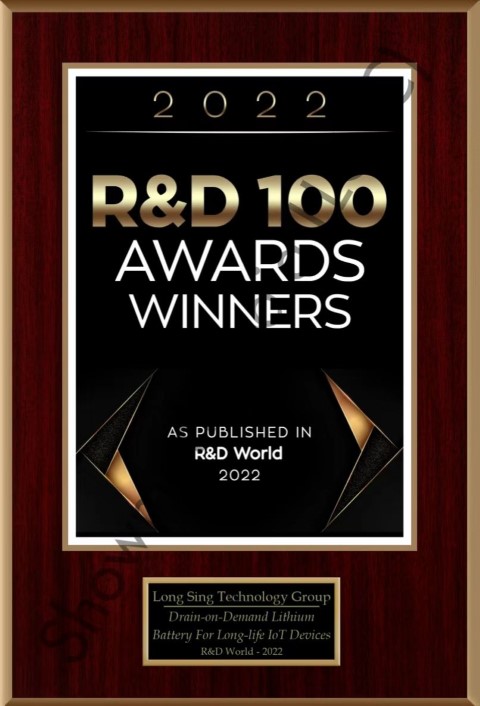
.
Let's talk
We’re here to help, let us know what’s your plan
Or direct email to luke.liu@longsingtechnology.com






